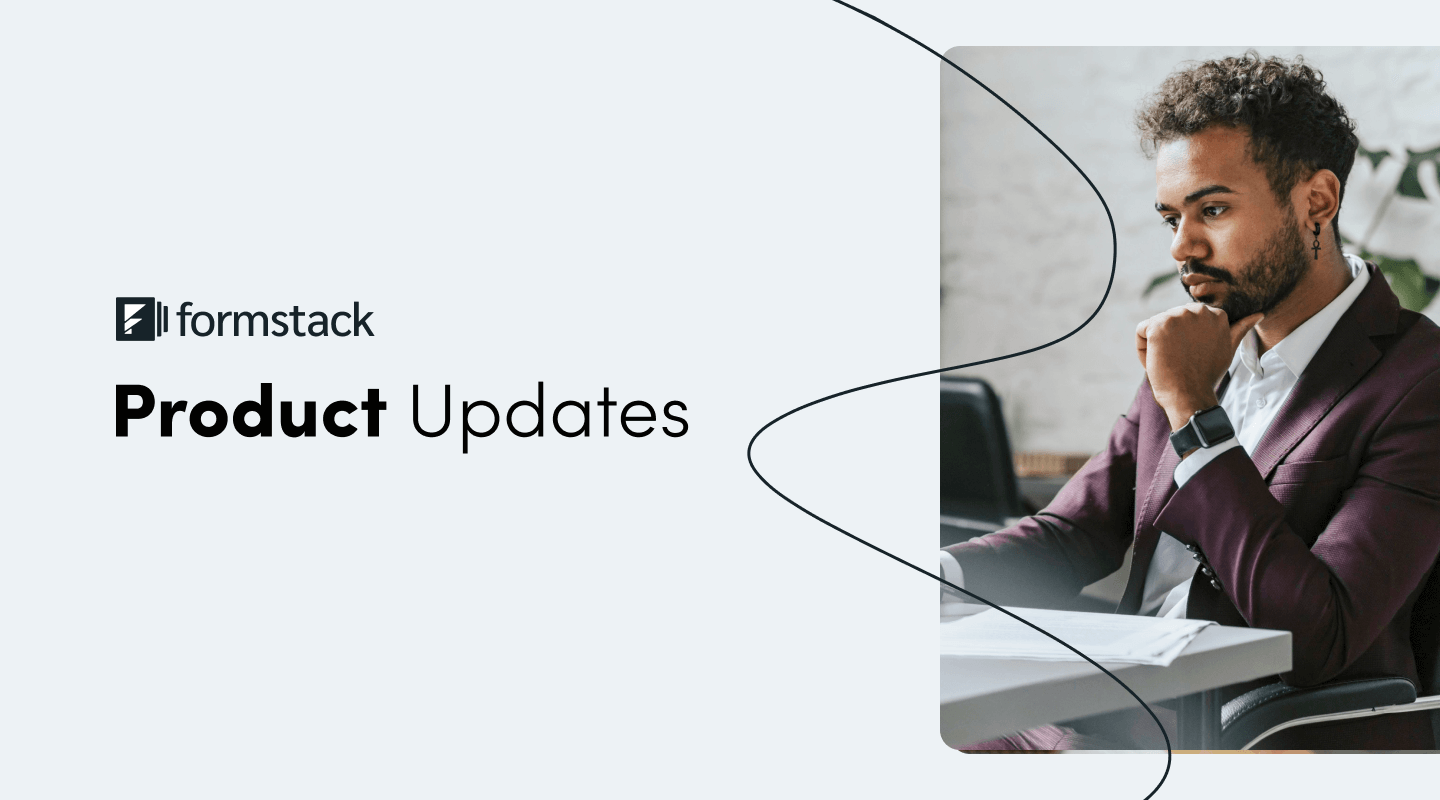Synching data across systems using an integration platform focuses on two very different types of data sync triggers. There are event-driven syncs and data-driven syncs.
The difference between these two types of data integrations has to do with the “action” that triggers a particular sync. Read on to gain a better understanding of the difference between a data-driven integration and an event-driven integration.
Event-Driven Integrations
Event-driven integrations are triggered by an event in one system, and they trigger a predefined corresponding event in another. Events can really be anything that happens in a particular system that you’ve integrated. A new lead in a CRM, a new webinar registrant, a new marketing lead—all these are events that can trigger an event in another system.
Event-driven integrations are great in many circumstances, but they don’t allow for all data to be synced quickly and easily. Many event-driven integration systems have setup processes that involve simply setting up a one event to another, which can be tedious to achieve a fully functional integration between two business systems, like your marketing automation system and CRM.
Data-Driven Integrations
Data-driven integrations have a different action that triggers synchronization. This action is a change in the data that you have in place in either system. This can be a new record created or a change in an existing record. Any data change will trigger a sync of that new data to the other system or systems. Data-driven integrations make it extremely easy to achieve an enterprise-class type of integration with easy setup and maintenance.
There are good uses for both types of integrations. Data-driven integrations tend to be better for integrations with CRMs, ERPs, and marketing systems where you want to keep your data in sync regardless of the event that takes place. Event-driven integrations are great for simple point-to-point data transfer when events take place in one system and you want to trigger a corresponding event in the other system.
If you work in marketing or sales, Formstack offers powerful tools to help you automate your workflows for better results. Learn more here.











